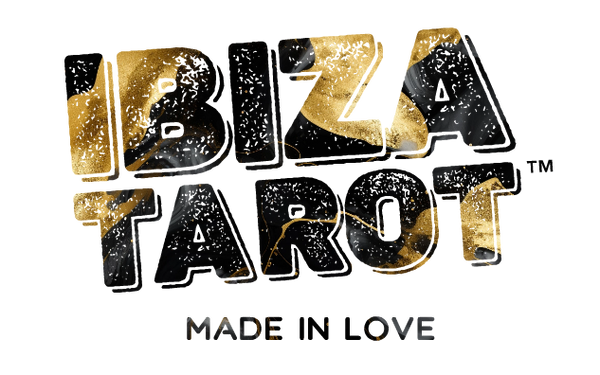Tarot History

Tarot cards have a long and fascinating history that stretches back several centuries. Originally developed as a game in medieval Europe, tarot cards gradually evolved into a tool for divination and spiritual insight.
The earliest known tarot decks date back to the 15th century, and were originally used as playing cards in Italy. These early decks were similar to modern playing cards, with four suits and court cards, but also included a set of 22 trump cards known as the major arcana.
Over time, the symbolism and meaning of the tarot cards began to shift, and they became associated with divination and spiritual insight. In the late 18th century, a Frenchman named Antoine Court de Gebelin published a treatise on the tarot, in which he argued that the cards contained ancient Egyptian knowledge and wisdom.
This idea was later popularized by the French occultist Eliphas Levi, who believed that the tarot represented a symbolic map of the human psyche and the journey of the soul. Levi's ideas about the tarot helped to establish it as a tool for spiritual exploration and personal growth.
During the 19th and 20th centuries, the tarot continued to gain popularity as a tool for divination and spiritual insight. Numerous tarot decks were created during this time, each with its own unique symbolism and interpretation.
Today, the tarot is widely used as a tool for personal growth, spiritual exploration, and divination. Tarot readers use the cards to gain insight into a wide range of issues, from love and relationships to career and personal growth.
Overall, the history of tarot cards is a rich and fascinating one, filled with symbolism, mystery, and spiritual insight. From their humble beginnings as a game to their current status as a tool for personal growth and divination, tarot cards have played an important role in the history of spirituality and human consciousness.
These tarot cards have a rich history and have played an important role in shaping the modern interpretation of tarot. Each deck has its own unique style, symbolism, and interpretation, and they continue to be used by tarot readers and spiritual seekers around the world as tools for divination, personal growth, and spiritual exploration.
-
Mamluk Playing Cards - These are believed to be the earliest known playing cards in history, dating back to the 14th century. The Mamluk deck originated in Egypt and was used for a game similar to modern-day Bridge.
-
Visconti-Sforza Tarot - This deck was created in the 15th century for the Visconti and Sforza families of Milan. The deck features intricate and beautiful artwork and is believed to have been used for divination as well as a game.
-
Sola-Busca Tarot - This deck was created in Italy in the 15th century and features intricate and detailed artwork. It is one of the earliest known tarot decks and is believed to have been used for divination as well as a game.
-
Marseille Tarot - This deck was created in the 17th century and is one of the most popular and widely used tarot decks in history. It features simple, minimalist artwork and is known for its accuracy and clarity in readings.
-
Etteilla Tarot - This deck was created by the French occultist Jean-Baptiste Alliette in the late 18th century. It is one of the earliest decks to feature divinatory meanings for each card, and it was widely used by French occultists and tarot readers.
-
Crowley-Harris Thoth Tarot - This deck was created by the British occultist Aleister Crowley and artist Frieda Harris in the early 20th century. It features intricate and complex artwork and is known for its esoteric and mystical symbolism.
-
Rider-Waite Tarot - This is one of the most popular and widely used tarot decks in the world, created in the early 20th century by the English occultist A.E. Waite and artist Pamela Colman Smith. It features simple and colorful artwork and is known for its accessibility and clarity in readings.
-
Tarot de Marseille - This is a French tarot deck that has been in use since the 16th century. The deck features bold and colorful artwork with simple and geometric designs.
-
Tarot of the Bohemians - This deck was created in the late 19th century by Papus, a French occultist. The deck features esoteric and mystical symbols and was intended to be used for divination as well as a tool for spiritual exploration.
-
Golden Dawn Tarot - This deck was created by members of the Hermetic Order of the Golden Dawn, a British occult society, in the late 19th century. It features intricate and detailed artwork and is known for its esoteric and mystical symbolism.
-
Oswald Wirth Tarot - This deck was created in the early 20th century by the Swiss occultist Oswald Wirth. The deck features intricate and detailed artwork with a strong emphasis on esoteric and mystical symbolism.
-
Tarot of the Ages - This deck was created in the 1980s by Mario Garizio, an Italian artist. The deck features beautiful and detailed artwork that draws inspiration from ancient mythology and history.
-
Ancient Italian Tarot - This deck is a reproduction of a 19th-century Italian tarot deck. The deck features detailed and colorful artwork with a strong emphasis on traditional tarot symbolism.
